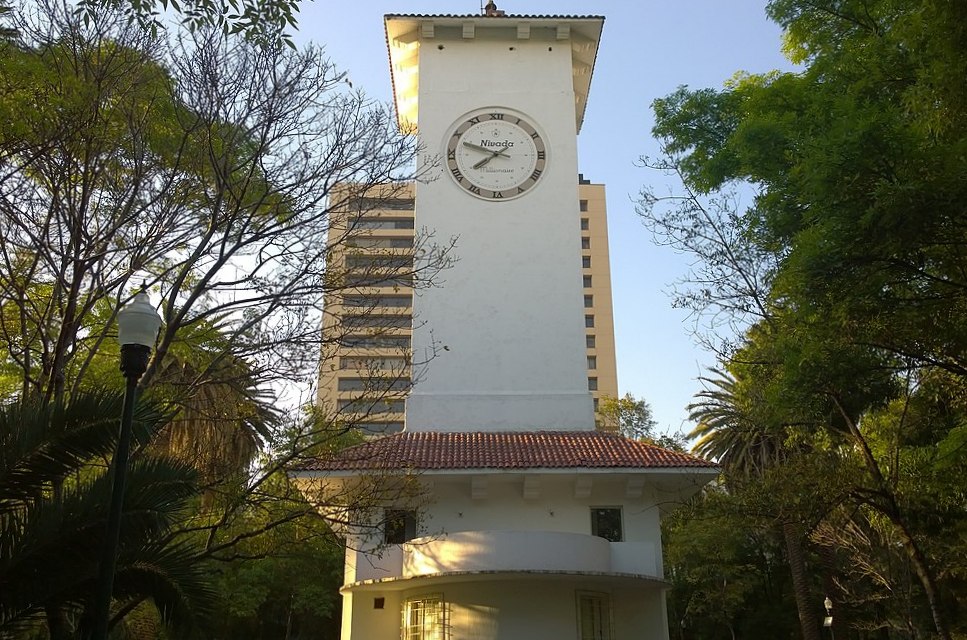
The Polanco Torre del Reloj, the Clock Tower, is emblematic of the Polanco neighborhood. It’s not just because it appears on the Polanco Metro Station. It’s also because it dates from the earliest period of the 20th-century neighborhood, and designed by one of the neighborhood’s founding architects.
Architect Enrique Aragón Echegaray designed the tower as a dovecote, a coop for pigeons, as a way to promote the early subdivision, called Chapultepec Polanco at the time. Famous for his monuments at Parque de la Bombilla and in Chapultepec Park, his pigeon coop would last only about ten years. It stood empty for decades thereafter, even still a symbol of the neighborhood.
With the birds gone, a clock was added to the tower at the end of the 1940s. Only in 1992 was the building converted to a public art gallery. This was a major force for exhibitions in Polanco for many years, changing exhibits every two weeks.
The building, with so much attention focused on its tower, frequently gets mistaken for something much smaller. In fact, the base of the tower offers a significant exhibition space, and often among the best visual arts presentations in the area.
Today, the Polanco Clock Tower is still an important symbol for the Parque Lincoln, and for the broader neighborhood. Even the pigeons have come back. Their old home was reopened as the Aviario Abraham Lincoln in 2006, although at some distance from the original tower. Today it
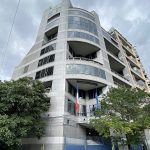
Nearest at 0.20 kms.

Nearest at 0.21 kms.
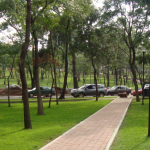
Nearest at 0.24 kms.
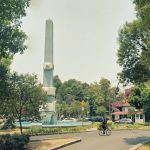
The original monument to Simón Bolívar on Paseo de la Reforma . . .
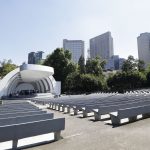
Arguably the most important open-air stage in the City...

Refuge for writers from all over the world...
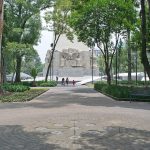
A bright spot on the edge of Chimalistac, la Bombilla has more charm than you may be ready for.

One of the City's most pristine parks, the Parque Lincoln is a masterpiece of urban planning.